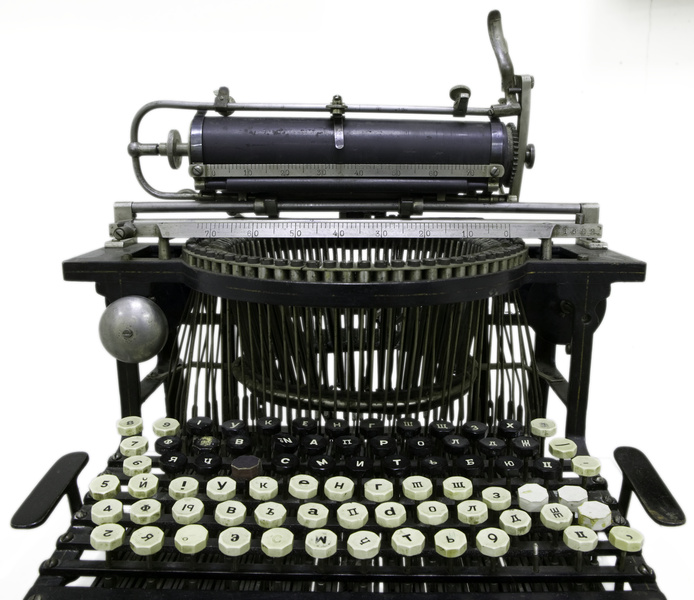
The Allure of Traditional Publishing.
The beauty and glamour of traditional publishing.
 As much as things have changed over the years with traditional publishing and self-publishing, somethings still hold true and will never change. The beauty of becoming a more powerful writer is knowing some basic do and don’t and not get moved by the glamour of being a published author from a traditional publishing house.
As much as things have changed over the years with traditional publishing and self-publishing, somethings still hold true and will never change. The beauty of becoming a more powerful writer is knowing some basic do and don’t and not get moved by the glamour of being a published author from a traditional publishing house.
Similar to self-publishing, with a bit ‘less work’ traditional publishing has always been a place where writers want to go, but without research and effort, they won’t become a huge author. There is a lot of allure to publishing a book, but by following a few steps, it will be easier to see success.
Going to a publisher with a complete manuscript is not only a professional courtesy it also allows the agent to see where they can submit your writing. Editors can and will miss mis-spellings of words, but they will see the majority. This is the reason why a lot of self-publishers get a bad reputation.
On a personal note: As much as people will argue they get better over time, a second set of eyes is a must. I have learned over the years my judgement can be clouded when it something I have written. Even a week away will show me a lot of needed changes. Writing great blog posts is not the same as writing a book.
You May Also Like

Self-Publishing The “Ultimate” Book
August 6, 2012
Why You Need To Care About The Interior of A Book
August 6, 2008

